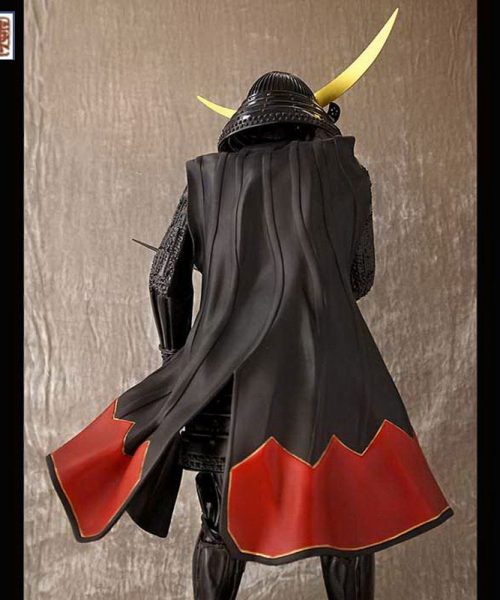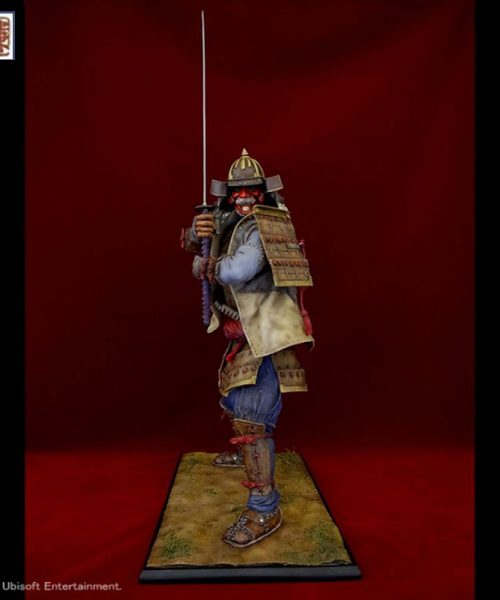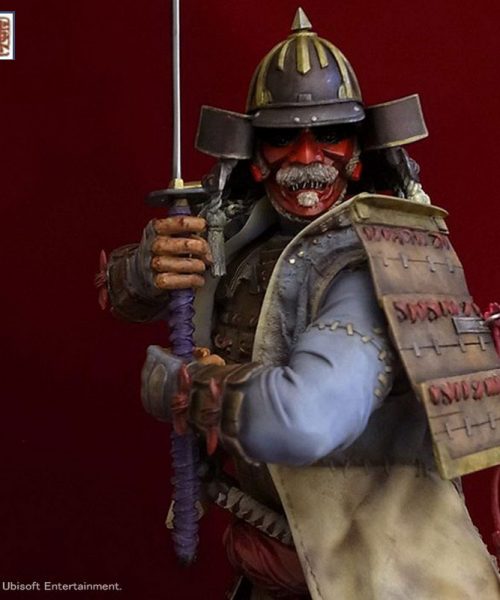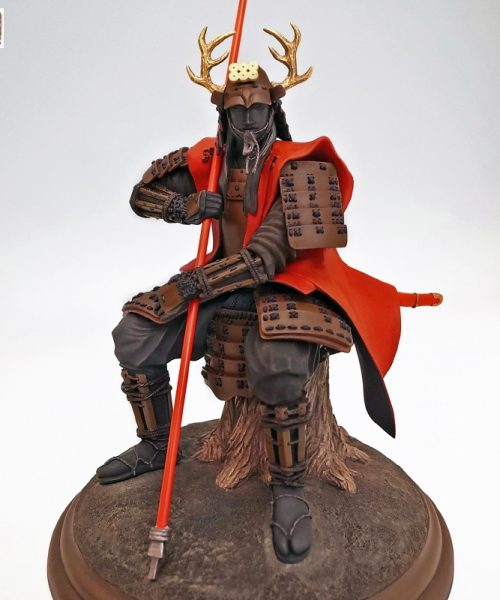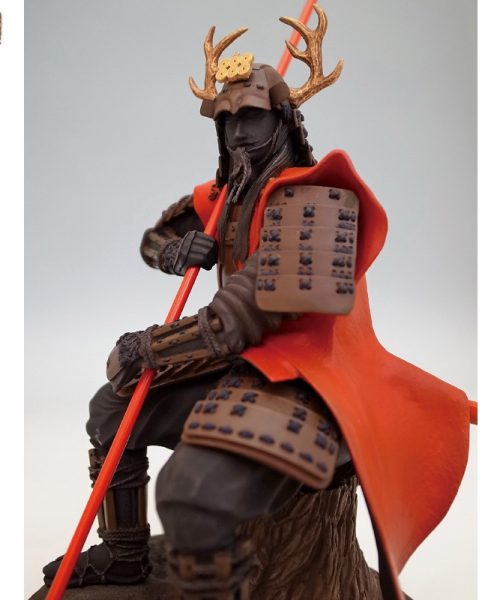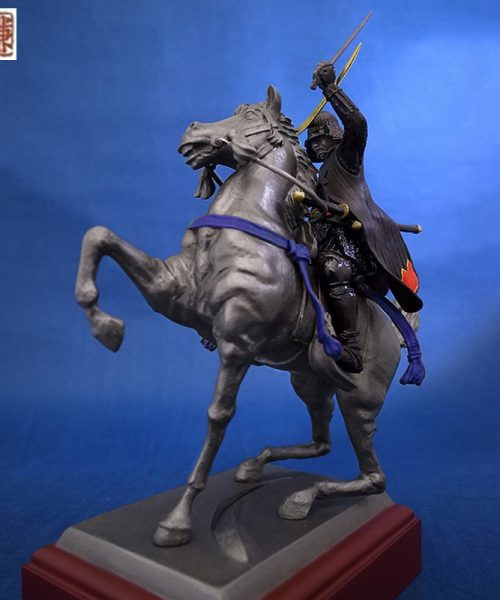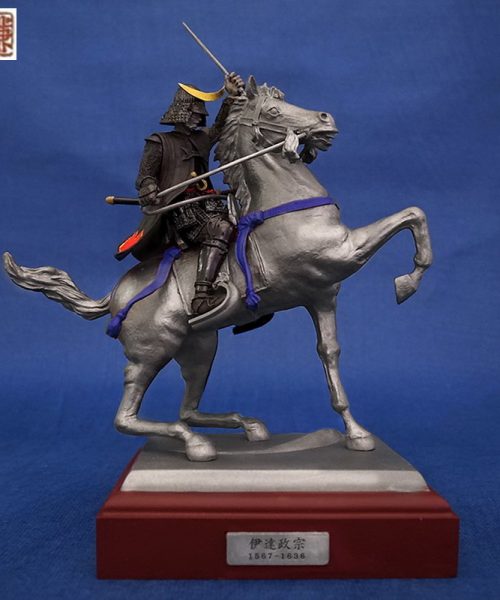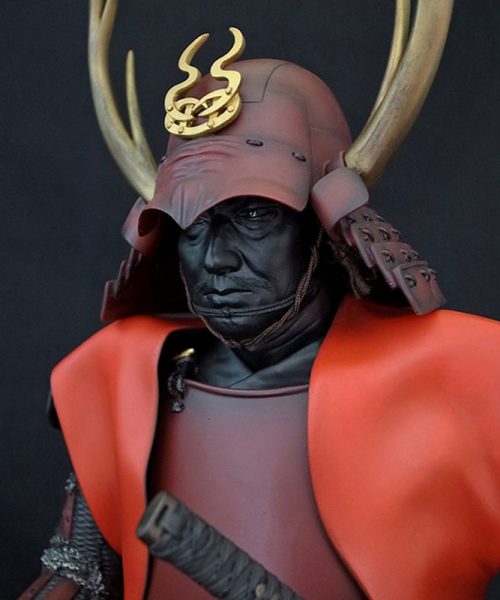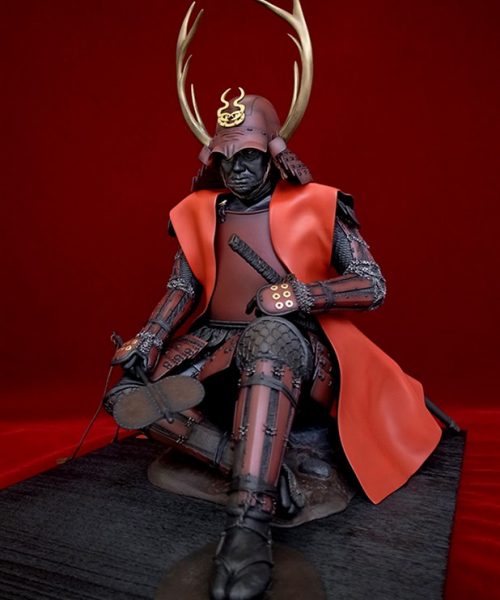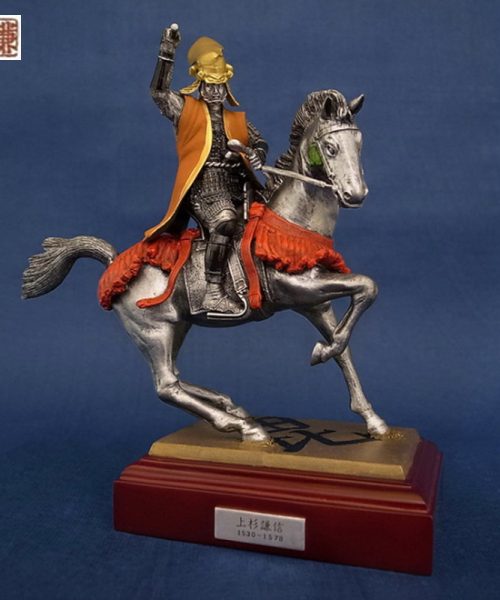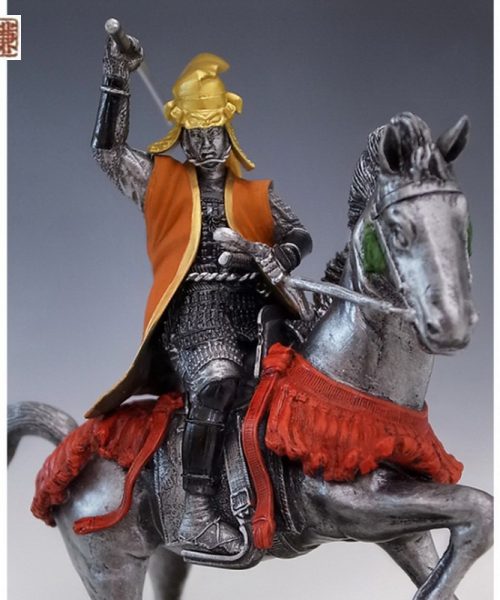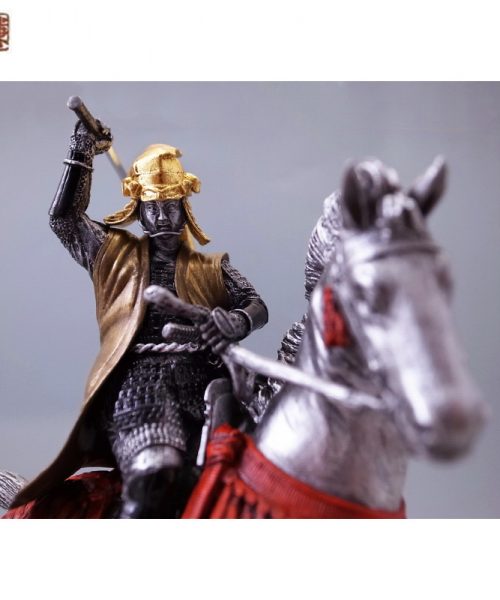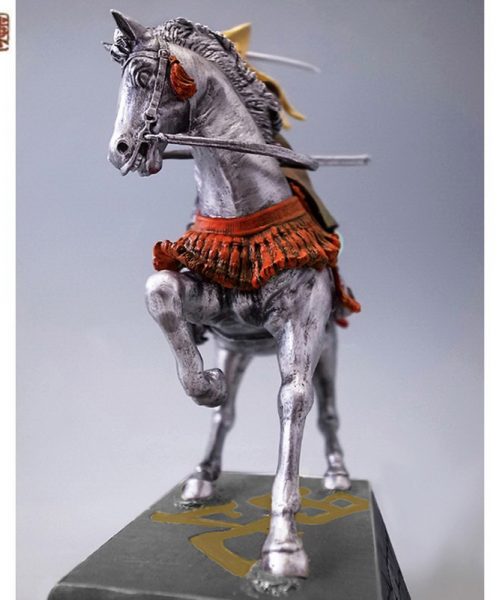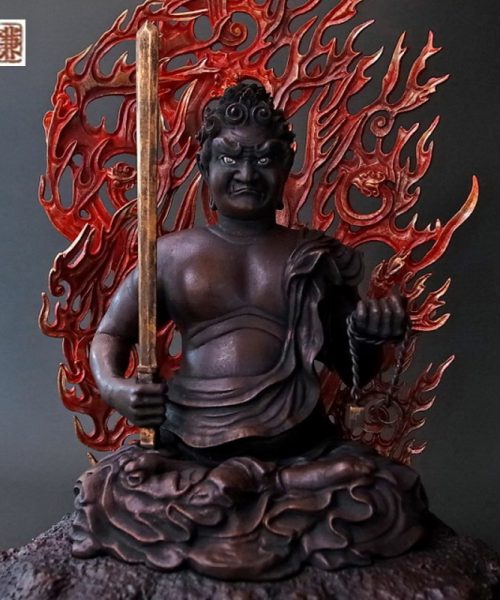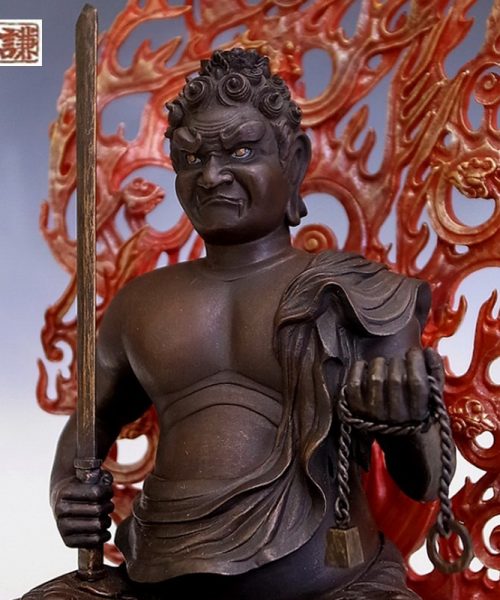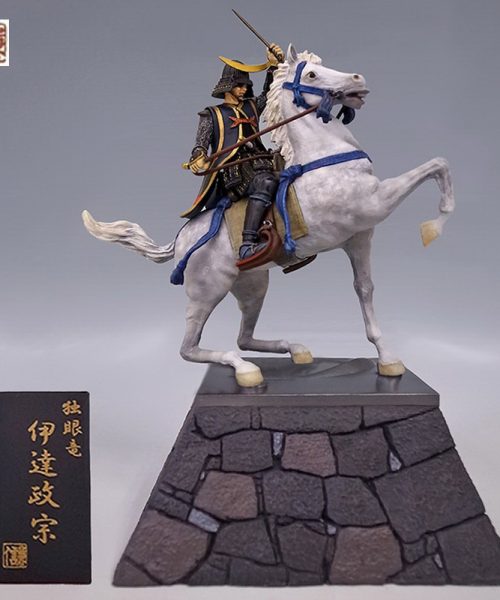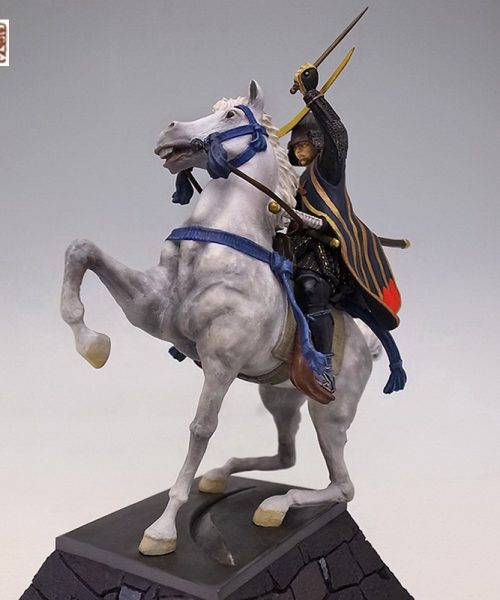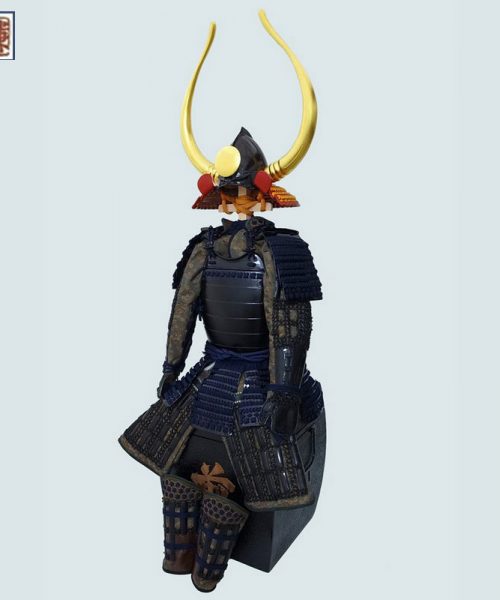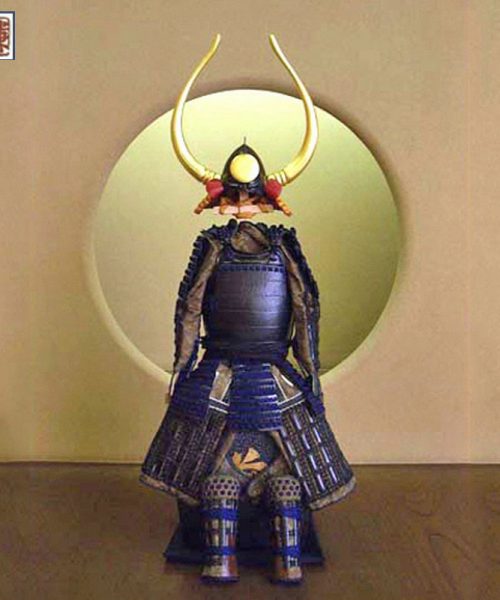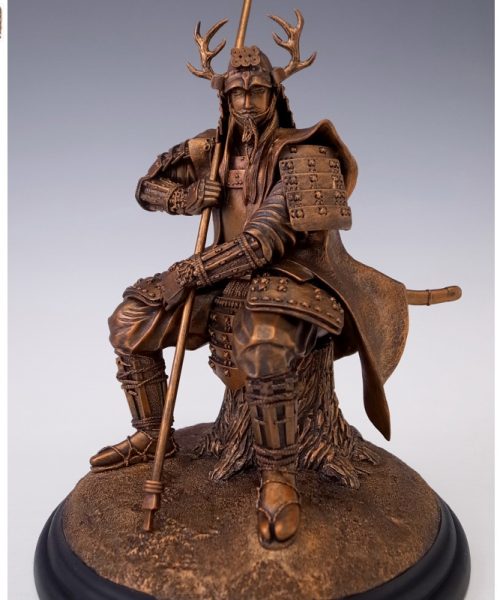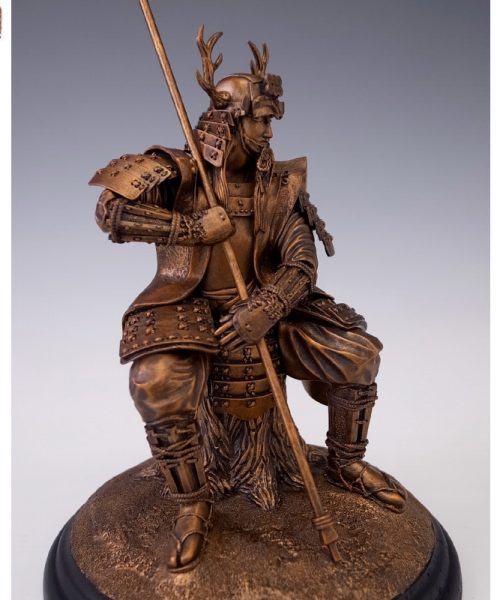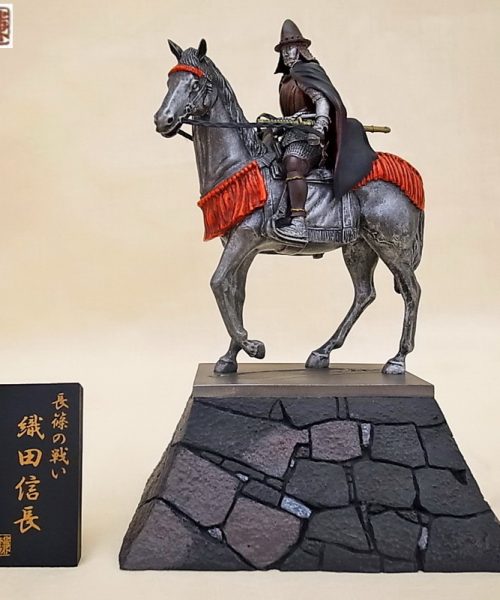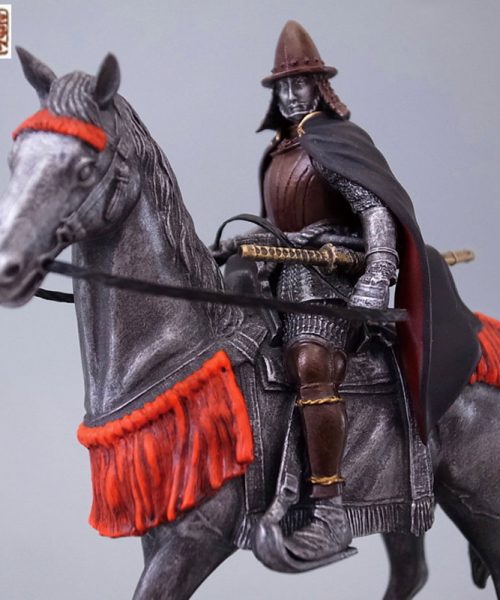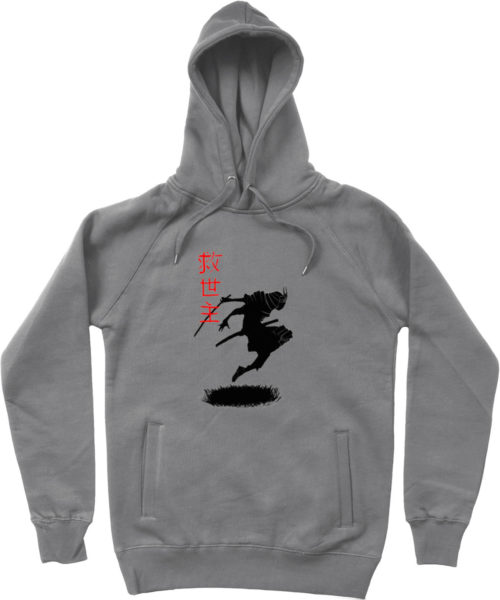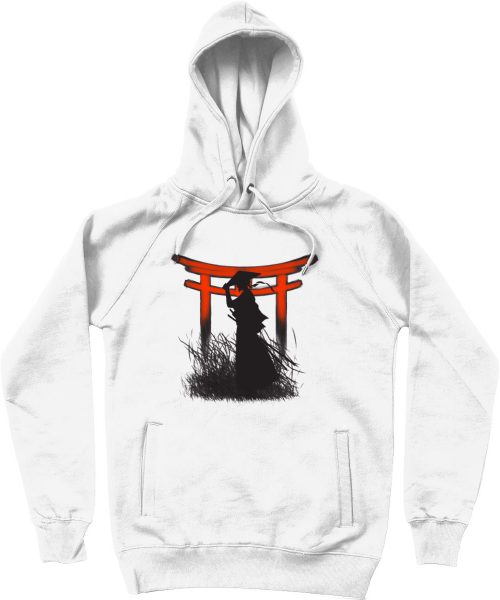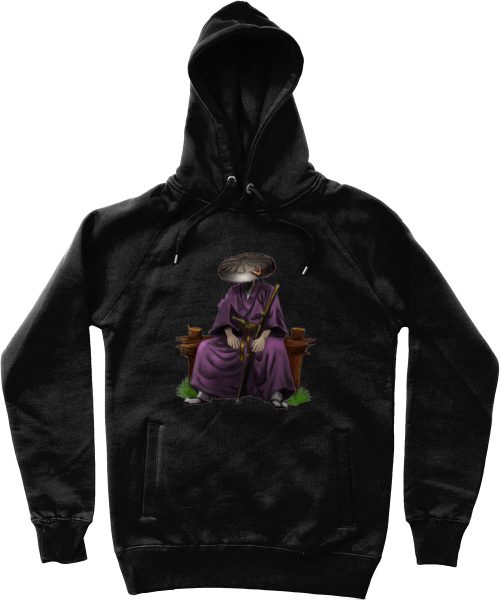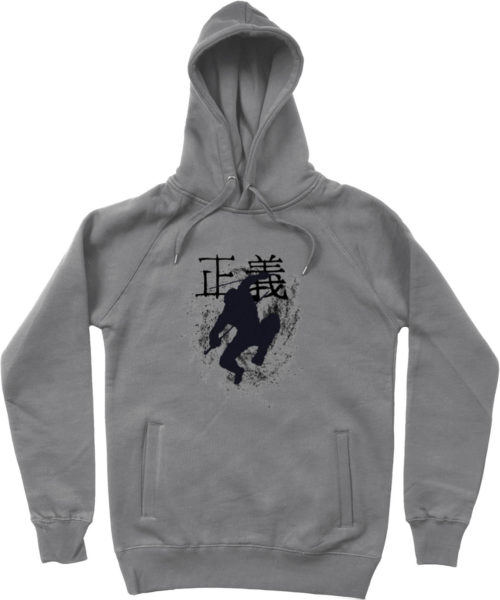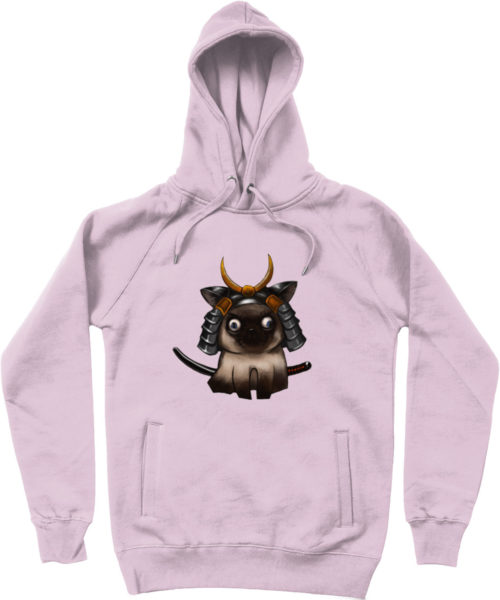No products in the cart.
Japan History, Samurai Myth and Legends
Top Classic Folktales of the Japanese (Classic Japanese Stories)
Japanese Folktales
Japanese folktales are stories that families pass down from one generation to another. Millions of children have grown hearing the same tales. Even today, a lot of people are still familiar with these legends.
Buddhism and Shinto are the two main religions of the Japanese, which influenced their folklore. Japanese mythology is an intricate collection of beliefs that embrace the traditions of both religions. It also exhibits the beliefs of folk religion based on agriculture.
Japanese Folktales – What to Expect?
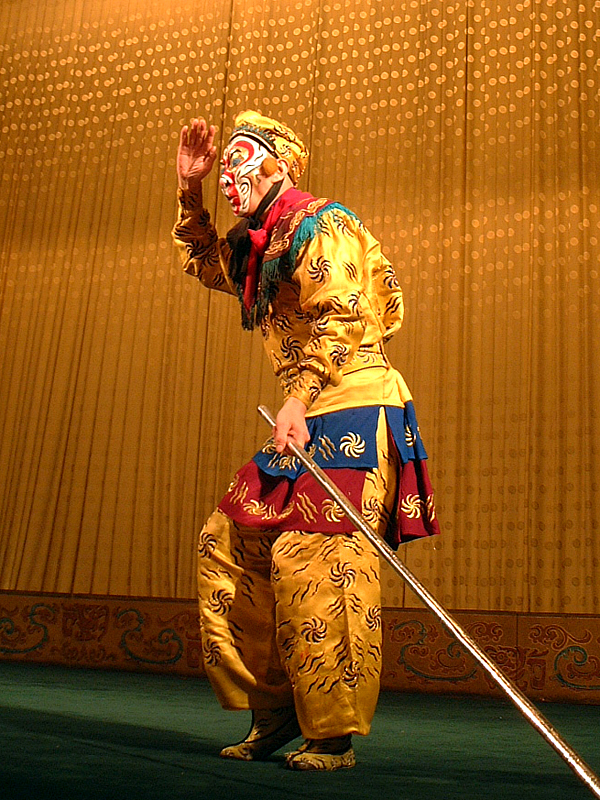
Aside from Japan’s religions, foreign literature has also influenced Japanese folklore. Some ancient Indian tales helped shape the Japanese stories.
These can be seen in legends that adapted the Indian themes to please the typical Japanese.
The Chinese classic “The Journey to the West” and the Sanskrit epic “Ramayana” are some of the stories that influenced Japan’s folklore. In fact, the collections of Japanese stories appear like a modified form of the Buddhist Jataka tales.
Legendary Japanese tales usually involve either bizarre or humorous themes with supernatural beings.
These tales include characters such as the Bodhisattva, Kami or gods, and revered spirits, Yokai or spirit monsters, Kappa or the river boy, and more.
There are also Japanese dragons and animals with magical abilities like the Kitsune or fox, Tanuki or raccoon dog, and the Bakeneko or transforming cat.
Below are the top classic Japanese folktales throughout history.
Momotaro
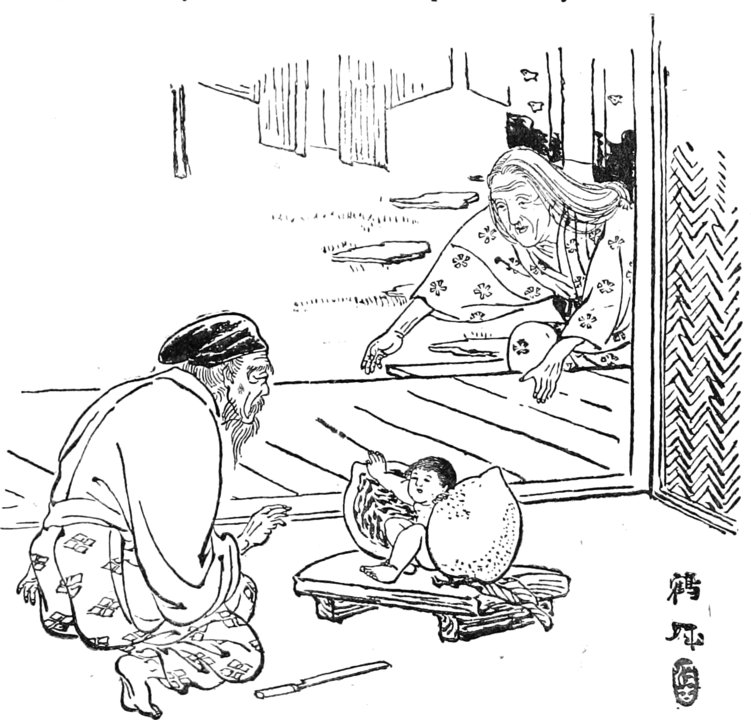
Based on the latest version of the Japanese folktale that dates back to the Edo period, the child named Momotaro came to see the Earth. He was in a giant peach floating down a river.
At that time, a childless woman was doing her laundry. Later on, the woman and her spouse found out that a child was in the peach.
The child explained that Heaven sent him to be the married couple’s son. They named him Momotaro. “Momo” translates to peach and Taro means the eldest son in the family.
As the years passed, Momotaro left his parents for a distant island where he would defeat a band of Oni or ogres. Along his way, he met and made friends with a talking dog and monkey. A peasant also agreed to assist Momotaro in his quest.
Urashima Taro
This Japanese folktale is about a fisherman who received a reward for saving a turtle. This unique reward was a trip under the ocean to see the Dragon God’s kingdom.
The princess gave Urashima Taro a box and told him that he would stay happy if he did not open this. However, he opened the box when he returned to the land.
Due to his disobedience, Urashima Taro was punished. The tale teaches the significance of obedience over happiness.
Okiku
One of the most well-known ghost stories of Japan is the tale of Okiku and the ten plates. It has a lot of versions, but in the most famous one, Okiku was a servant working for Aoyama Tessan, a tyrannical Samurai.
Since Okiku repeatedly rejected Aoyama’s advances, the Samurai ended up frustrated. Because of that, Aoyama soon framed the servant for one precious missing plate from a set of ten.
This terrified Okiku, causing her to count the plates repeatedly. Unfortunately, she always ended up with no more than nine plates.
Since Okiku was unaware of what was happening, she continued to reject Aoyama. The angered Samurai threw Okiku into a well. This led him to suffer the fate he deserved.
Okiku became a vengeful spirit after her death. Every night, she counted the plates in a repeated and obsessive manner. Every time she failed to count up to ten, she shrieked in fear and frustration.
The different versions of the Japanese folktale had different endings. In the most popular one, Aoyama eventually committed suicide.
Yuki Onna
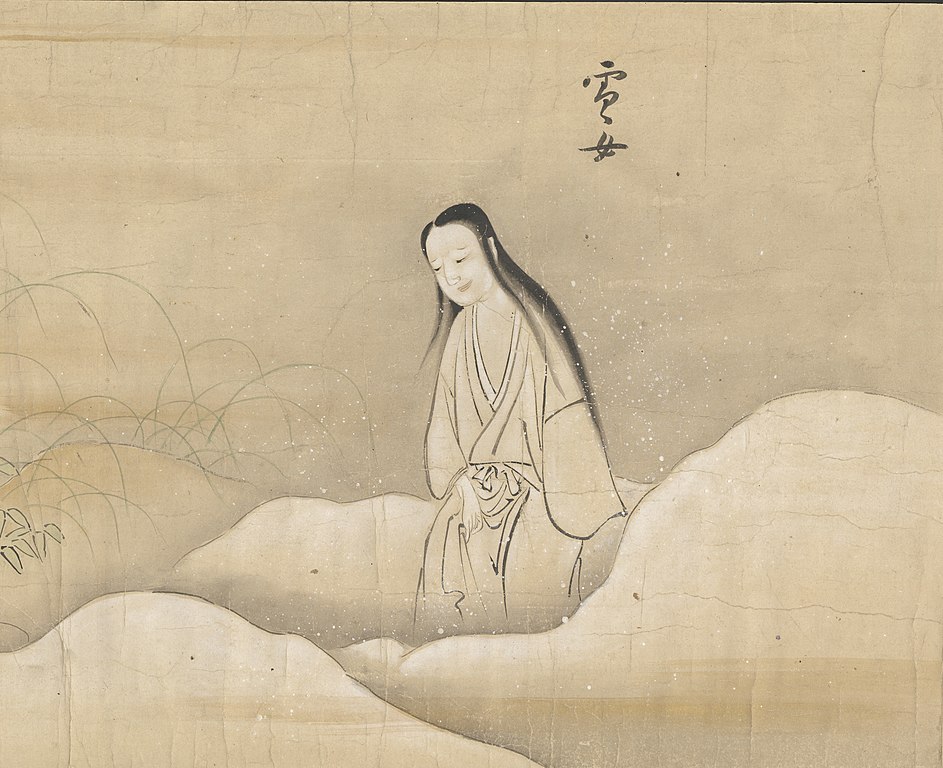
Yuki Onna or “snow woman” in English, is known as a female evil spirit who freezes her victims to death. There are various Yokai tales involving her, but the most famous Japanese folktale is the one that involves the woodcutter Minokichi.
In this version, two unfortunate woodcutters encountered Yuki Onna while trapped in the woods due to a snowstorm.
Yuki Onna froze the older woodcutter to death. However, she spared the life of Minokichi, the younger woodcutter.
Before leaving, Yuki Onna warned Minokichi not to let anyone know about the encounter. Otherwise, she would return and kill him.
Sake: A Drink to Preserve Tradition
Being a Female Samurai in the Medieval Era
Beautiful Places in Japan to Feel Like a Samurai
After a few years, Minokichi married a beautiful woman named Oyuki. Aside from being a devoted mother and wife, her mysterious beauty was ageless.
One evening, Minokichi told Oyuki about his encounter with Yuki Onna without a thought. Upon ending his story, Oyuki stood and revealed her true form, which was Yuki Onna.
To remind Minokichi of her threat, she almost killed him but spared his life for the sake of their offsprings. After the incident, Yuki Onna vanished, and their family never saw her again.
Kintaro the Golden Boy
Kintaro is a child folk hero with extraordinary strength. He was based on Sakata Kintoki, a man from the Heian Period, and became popular for his prowess as a warrior.
When he defeated Shuten Douji, he became a devoted companion of Minamoto no Yorimitsu under the name Sakata no Kintaro.
With the legend’s continuous growth, it became a tradition to display a Kintaro doll on the 5th of May or Children’s Day. This was in the hope that children will be just as brave and strong as Kintaro.
Tanabata
Samurai Hoodies
Most people know Tanabata as the Japanese Festival or Star Festival on the 7th of July, but it’s also a classic Japanese folktale. Its origin is the Qixi, a Chinese legend brought to Japan in the eighth century.
Just like most legends, this comes in numerous versions. As for the most famous version of the story, it tells about two lovers.
Princess Orihime was a seamstress who loved weaving clothes by the heavenly river. It was the Milky Way that represented this body of water. Since Orihime worked hard, she became lonely and seeking for love.
Her father, the God of the Heavens, arranged Orihime and Hikoboshi’s meeting. Hikoboshi resided on the other side of the Milky Way, and his job was to herd cows.
Upon meeting with Orihime, they fell in love in an instant and got married.
Since their love and devotion for each other was very deep, Orihime stopped weaving. At the same time, Hikoboshi let his cows free to wander the heavens.
This angered Orihime’s father, so he disallowed the two from being together. The princess begged her father to allow them to stay.
Since Orihime’s father loved her, he ordered that the two star-crossed lovers could meet again. However, this could only happen once a year – on the seventh day of the seventh month. Also, he only allowed this if Orihime continued weaving once again.
On the first day of their reunion, the difficulty in crossing the Milky Way disheartened Orihime. Because of that, a flock of magpies built a bridge for her.
So there you have it – The classic Japanese folktales or stories to appreciate, enjoy or know more about the Japanese culture!



